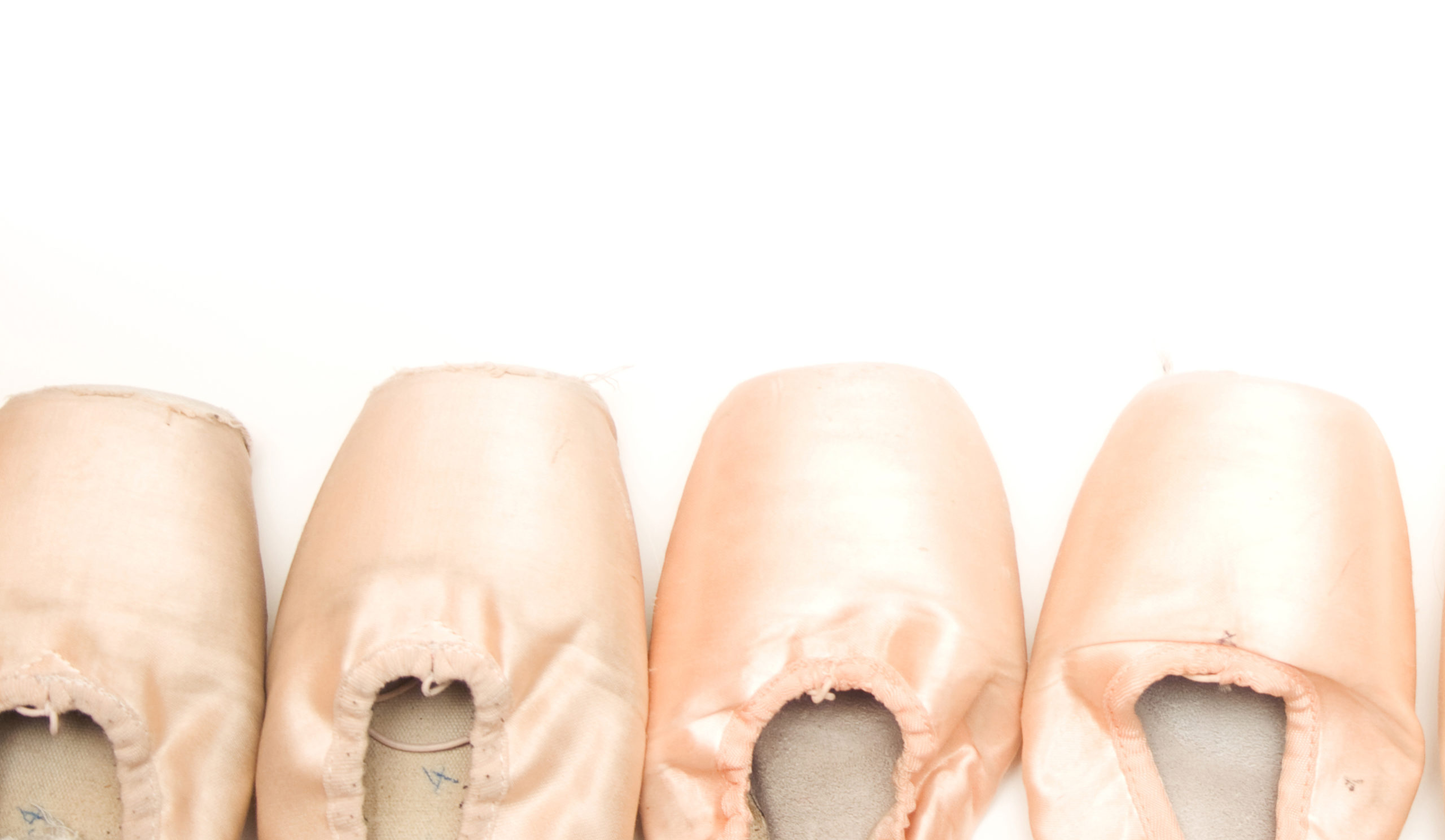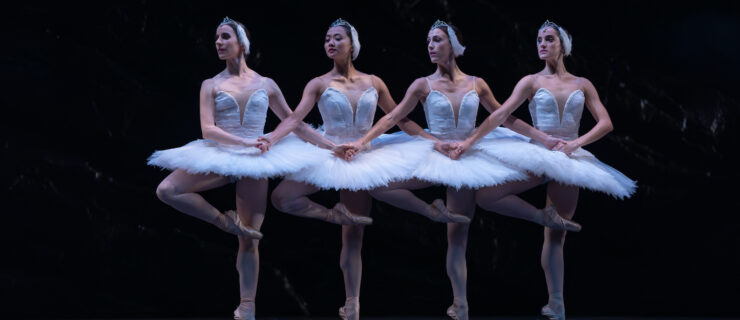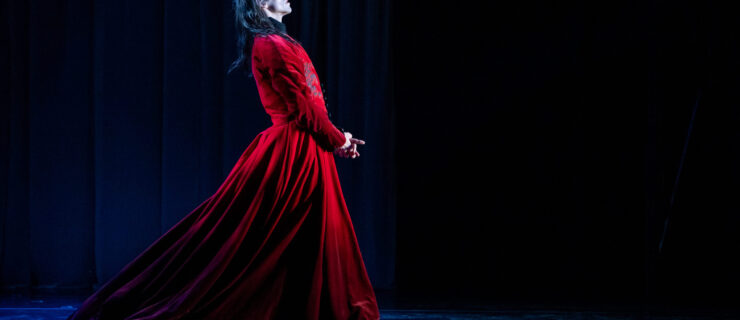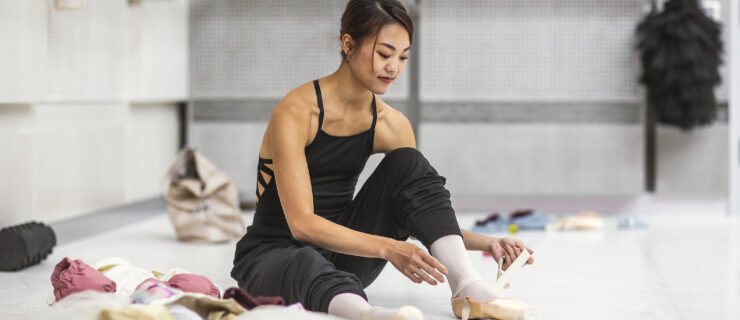Story Ballets Make a Comeback
We’re only 11 years into the 21st century—yet in that short time, there’s been a remarkable shift in the ballet world. For decades, Balanchine’s plotless neoclassical works were the ideal to which choreographers aspired. They saw abstract dance, driven only by music and the architecture of the body, as a form of pure expression. The postmodern dance movement, running on a parallel track, also influenced them. Narrative dance was “out.” But now it’s back. And it’s had a deeply thoughtful makeover.
Story ballets will always be at the heart of the ballet repertoire, because audiences will never stop loving stories. (“It might be a good idea to call all ballets Swan Lake,” Balanchine once quipped; that way, “people will come!”) But the sea change that’s happened over the past 10 years isn’t just a way to boost ticket sales in dreary economic times. Choreographers are finding new life and energy within the confines of a plot. They’ve also learned from the choreographers of the past century: They’re avoiding the literalism that Balanchine and his colleagues renounced. Rather than telling a story step by step, they’re getting at its essence through dance.
The “modern story ballet” isn’t a new idea. Frederick Ashton told stories organically, without complicated miming sequences; Kenneth MacMillan’s turbulent, psychologically driven stories are still repertoire staples; and Balanchine himself, even as he pushed abstract ballet to its limits, produced the exquisitely crafted Coppélia and La Sonnambula. In the 1970s, John Neumeier, then newly at the helm of the Hamburg Ballet, began creating a (still-unwinding) string of narrative ballets—often revisions of iconic classics—that pushed against the traditional mold. “I look at old story ballets not as museum pieces, but as something to do with every generation,” Neumeier says. “What is Swan Lake about? It’s about an unfulfilled love, an impossible relationship. You can preserve that central idea, and then give the ballet a new life.”
In the 1980s and ’90s, however, the plotless ballet was especially trendy, thanks in part to William Forsythe’s eye-popping dissection of classical technique. “When I started choreographing in the ’80s, it had to be abstract to be avant-garde,” says Jean Grand-Maître, artistic director of Alberta Ballet. “No one would touch stories.” Christopher Wheeldon—whose recent Alice’s Adventures in Wonderland was a smash hit at The Royal Ballet and The National Ballet of Canada—grew up in a classical story ballet tradition at The Royal, but left for New York City Ballet as a teenager, in part because, as he says, “I was a little bit tired of skipping around a maypole.” At NYCB he steeped in the plotless works of Balanchine and Robbins. Their influence is plain in Wheeldon’s early ballets, which are geometric, angular and almost universally abstract. And it wasn’t just dancers coming to Balanchine; Balanchine’s influence went the other way, too. In the decades after his death, a diaspora of Balanchine’s dancers spread out across the U.S. Many of these disciples ended up as choreographers or artistic directors; all were influenced by Balanchine’s abstract approach.
So why the shift? What made stories interesting again? Grand-Maître, whose streamlined, lyrical take on Romeo and Juliet is now in the repertoire of several ballet companies, thinks storytelling is a natural reaction to a post–September 11 world. “Maybe when the economy and other crises calm down, artists will feel like they can go to the theater and just experiment,” he says. “But right now, you want to go to the ballet and be comforted. You want stories of heroes and examples of courage; you want to see people and characters who are familiar to you.” Stories provide stability in unstable times.
There’s also new technology that frees choreographers from some of the humdrum aspects of storytelling. Video projections and digital “sets” let them communicate complicated ideas quickly, efficiently and relatively cheaply. (Need Alice to fall down the rabbit hole? No problem: Create a virtual one with clever digital projections. Wheeldon did just that.) As a result, today a story can go pretty much wherever a choreographer wants it to. “There’s a lot on offer to us now that wasn’t around even a few years ago,” Wheeldon says. “Theatrical technology is not only fun to play with—it can also make the dance experience feel more contemporary.”
And there’s a pragmatic angle to storytelling: To make it as a modern choreographer, you need to be able to do it all. “Choreographing story ballets and abstract ballets is very much like being an actor who can do different accents,” says Stanton Welch, artistic director of Houston Ballet, who’s made a name for himself as a choreographer with both plotless works like Clear and large-scale story ballets like Marie. “You want to be versatile.”
Some choreographers have begun to think of narrative dance as the final frontier. The aftershocks of the postmodern earthquake are tapering off; the need for abstraction, felt so urgently for so long, is easing. “Balanchine brilliantly stripped away all of the trimmings of the story ballet and produced something just as interesting—but nobody can match him,” Grand-Maître says. “To make our own path as modern choreographers, we have to try different directions.” Choreographers now can see the aesthetic value in narrative dance. “Maybe we have post-Balanchine, post-Cunningham syndrome,” says choreographer Alexei Ratmansky. “We’re leaning a little more towards narrative.”
Even those who still love plotless dance see large-scale story ballets as the ultimate challenge. “It’s this thrilling new way to approach my artform,” Wheeldon says. “It’s a fascinating puzzle to solve: how to tell a story through dance, rather than to just sculpt the music.” When a neoclassical choreographer brings his excitement about pure dance into a narrative context, the tension generated by the effort to reconcile those two forms can make for electrifying storytelling. “If you’re doing a story, there are moments when you can allow the piece purely to dance, and then there are moments when you have to be propelling the story forward,” Wheeldon says. “The sticking point is finding that structural balance without being literal”—and that’s where much of the new story ballets’ momentum comes from.
The ballet world is smaller now than it was even 20 years ago: Nearly every company dances the works of Balanchine and Forsythe, as well as the big classics. At this point most choreographers who grew up in a classical tradition have also experienced abstract ballet, and sometimes the urge to combine the two seems inevitable. Ratmansky, who trained at the Bolshoi, and has choreographed for (it feels like) everyone, is one of the products of that hybridization. Russian stories are his bread and butter, but he’s a man of the modern world, and his style reflects that. “Classical steps can be colored in a million ways and tell emotionally complicated stories,” he says. “There are certain movements that are very expressive, that clearly show the state of the person who does them—in stories they work perfectly.” Ratmansky’s abstract ballets, like Namouna: A Grand Divertissement, are full of tantalizing whiffs of plot; his story ballets, like The Bright Stream, are propelled by his innovative neoclassical choreography.
When done well, today’s story ballets tug at us powerfully. One of ballet’s strengths is its ability to distill a feeling without being explicit or literal. The 21st-century story ballet makes full use of that strength. “In literature you read the words and then feel the emotion after,” Grand-Maître says. “But these story ballets can get the audience in the gut—in the nervous system—first.”





